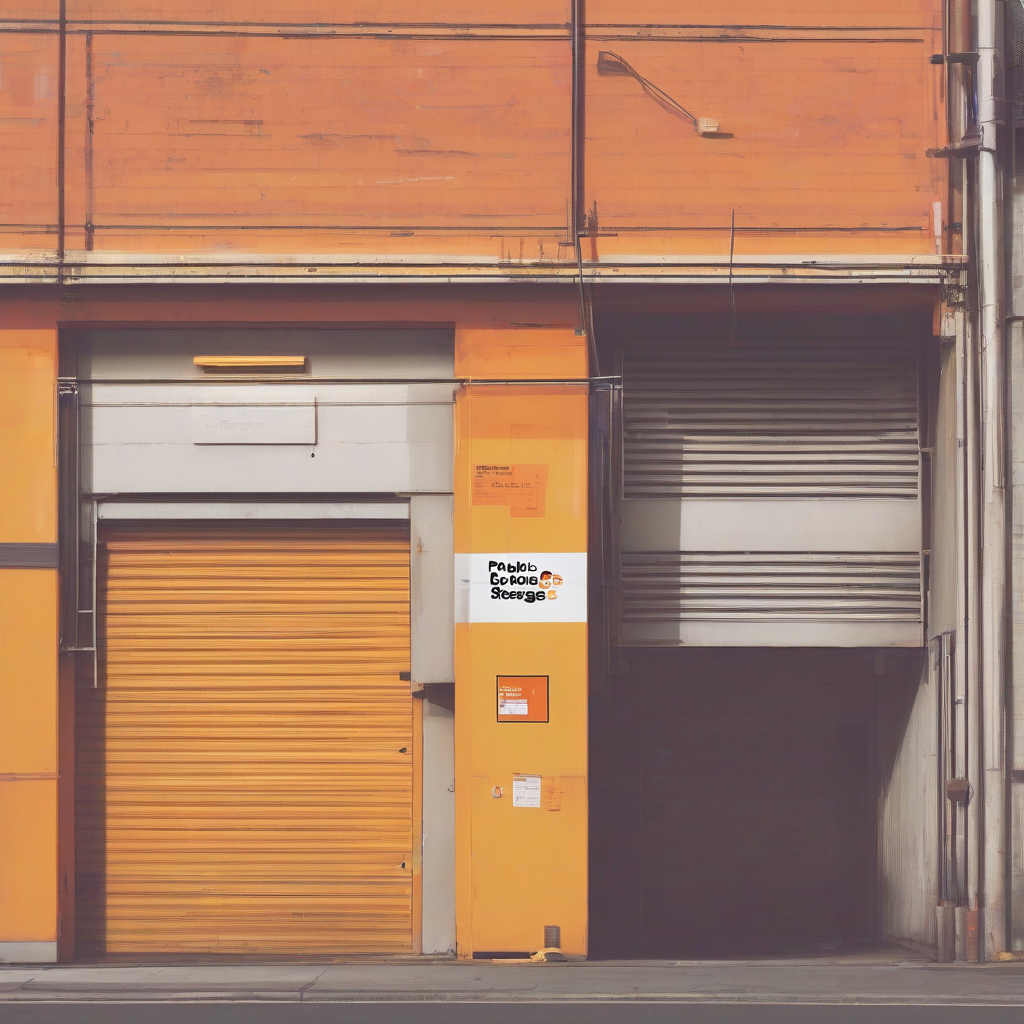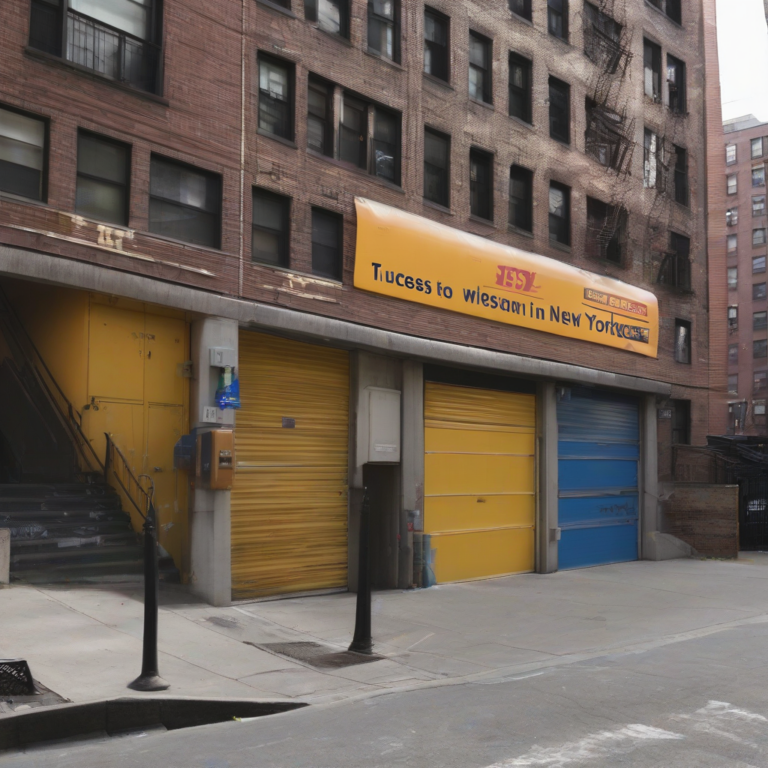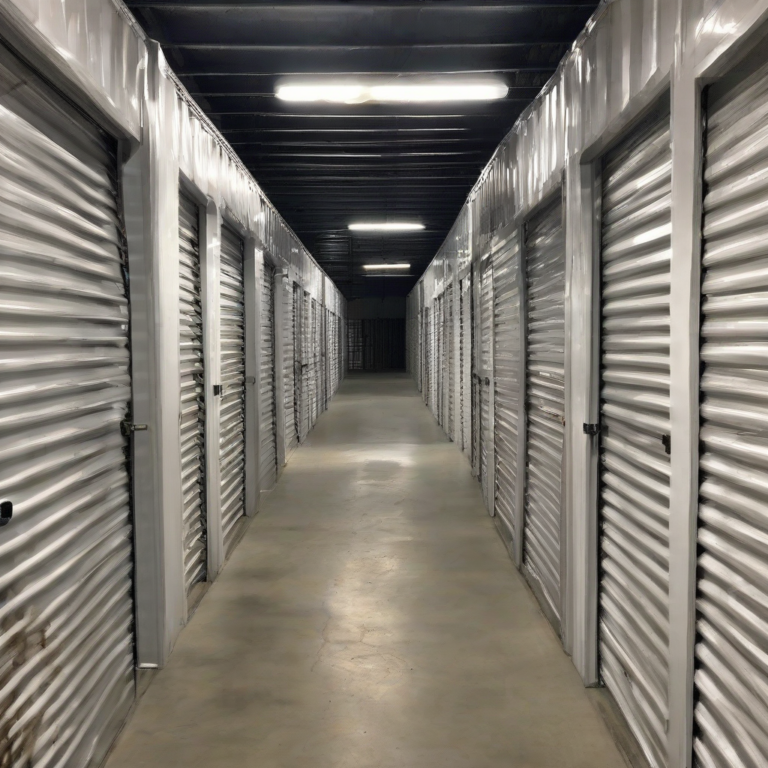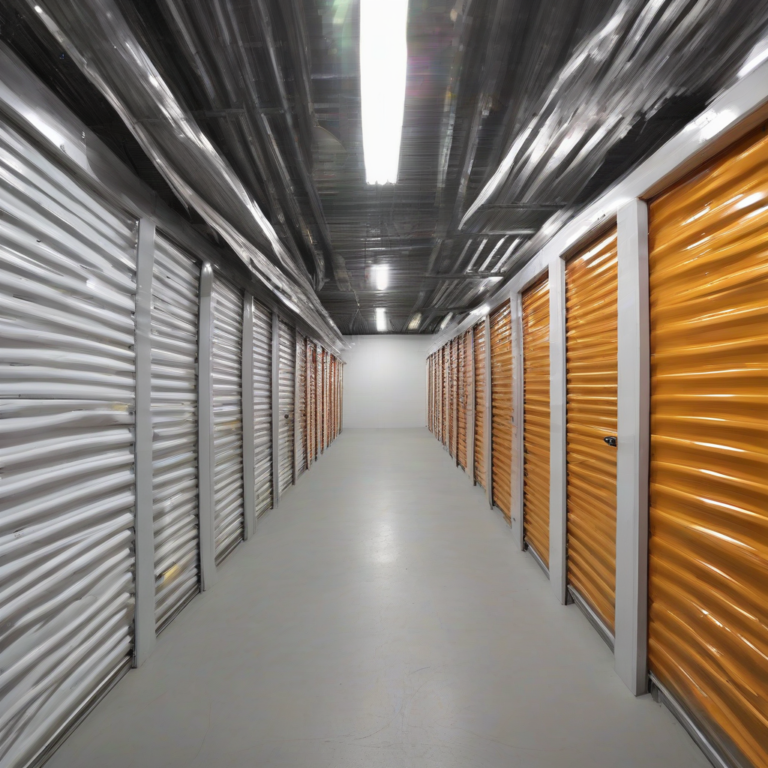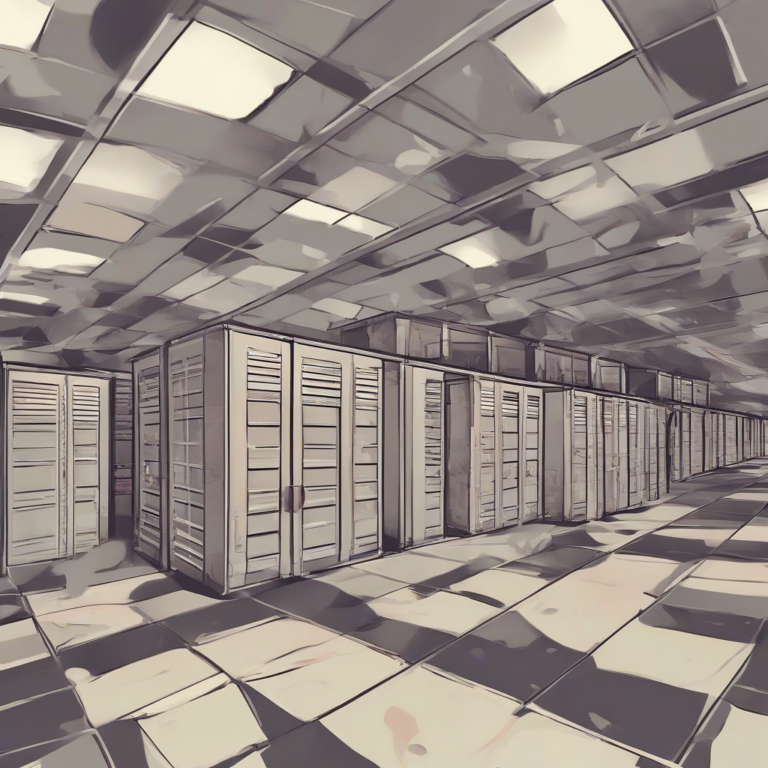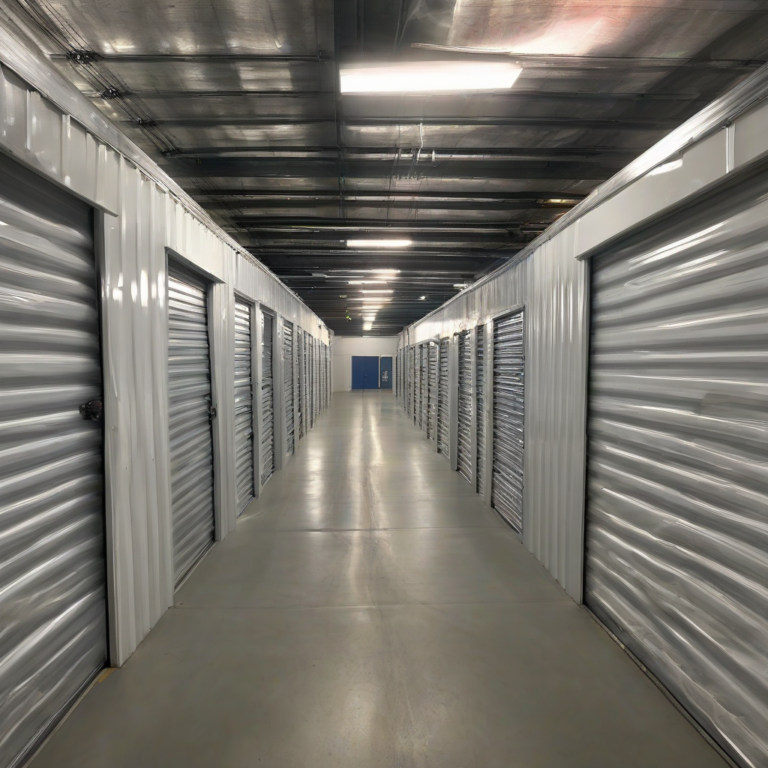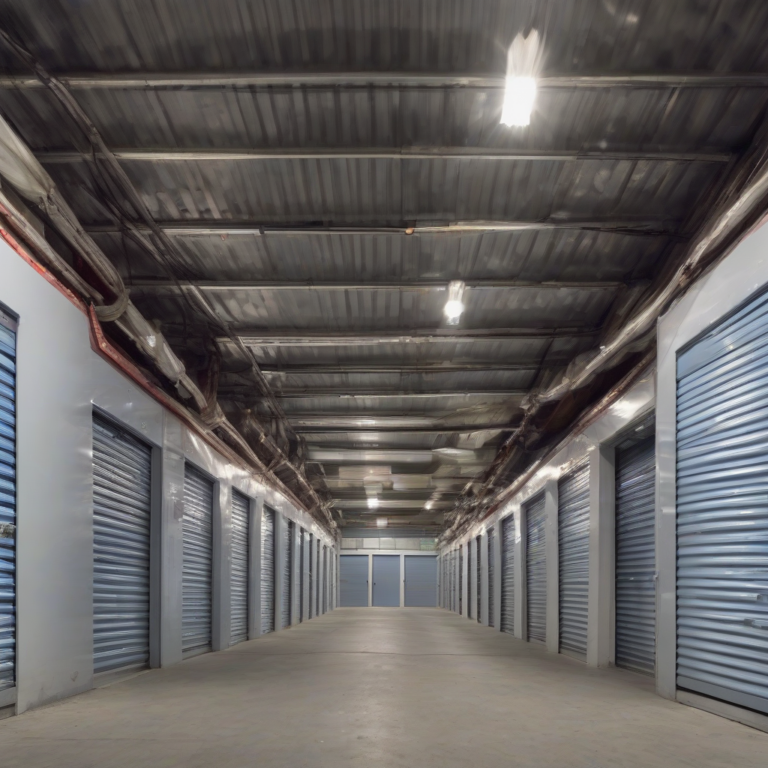Public Storage: A Comprehensive Guide to Self-Storage Solutions
Public Storage: A Comprehensive Guide to Self-Storage Solutions
Public storage, often simply referred to as self-storage, represents a significant sector of the real estate and logistics industries. It provides individuals and businesses with secure, off-site storage space for a variety of needs and purposes. This comprehensive guide delves into the multifaceted world of public storage, exploring its functionalities, benefits, considerations, and the diverse landscape of options available to consumers.
Understanding the Basics of Public Storage
At its core, public storage involves renting individual units within a larger warehouse-like facility. These units come in various sizes, from small lockers suitable for storing a few boxes to large units capable of accommodating the contents of an entire household or business. Facilities are typically secured with features like perimeter fencing, security cameras, and sometimes even on-site management personnel. Access to units is usually provided via individual access codes or keypads, ensuring a level of privacy and security for renters.
Types of Public Storage Units:
- Indoor Units: These offer the most protection from the elements, keeping stored items dry and safe from extreme temperatures and weather conditions.
- Outdoor Units: Often more affordable, these units are exposed to the elements and might be less suitable for sensitive items.
- Climate-Controlled Units: These maintain a consistent temperature and humidity level, ideal for protecting temperature-sensitive items such as electronics, artwork, or documents.
- Drive-Up Units: Offering convenient access directly from your vehicle, these units are ideal for loading and unloading heavier or bulkier items.
Benefits of Utilizing Public Storage
The advantages of public storage extend across a wide range of scenarios, providing solutions for both personal and commercial needs. These advantages include:
- Flexibility and Scalability: Renters can choose unit sizes to precisely meet their current needs and adjust the size as their storage requirements change.
- Convenience and Accessibility: Most facilities offer flexible access hours, allowing renters to retrieve or deposit items at their convenience.
- Security and Protection: Secure facilities with various security measures safeguard stored belongings from theft or damage.
- Cost-Effectiveness: Compared to other storage solutions, such as renting additional space in a home or office, self-storage can often be a more affordable option.
- Short-Term or Long-Term Options: Public storage caters to both short-term and long-term needs, making it a versatile solution for various situations.
- Decluttering and Organization: Freeing up space in a home or business allows for improved organization and a less cluttered environment.
- Business Storage Solutions: Many businesses utilize public storage for inventory, archives, or excess equipment, enabling efficient management of resources.
- Relocation and Transitioning: Self-storage can be crucial during periods of transition, such as moving houses or undergoing renovations.
Factors to Consider When Choosing a Public Storage Facility
Selecting the right public storage facility requires careful consideration of several key factors:
- Location and Accessibility: Choose a facility conveniently located, ensuring easy access for loading, unloading, and retrieval of items.
- Security Measures: Investigate the security features offered, including fencing, cameras, lighting, and access control systems.
- Unit Size and Type: Select a unit that is appropriately sized to accommodate your storage needs, considering the type of items being stored.
- Pricing and Rental Agreements: Compare prices from different facilities and thoroughly review rental agreements before signing.
- Insurance Options: Understand the facility’s insurance policy and whether additional insurance coverage is necessary for your belongings.
- Reputation and Customer Reviews: Research the facility’s reputation and read online reviews to gauge the customer experience.
- Climate Control: Determine whether climate-controlled storage is necessary to protect your items from extreme temperatures and humidity.
- Accessibility Hours: Verify the access hours to ensure compatibility with your schedule.
- Moving and Packing Supplies: Check if the facility offers moving supplies, such as boxes and packing tape.
The Public Storage Industry: Trends and Innovations
The public storage industry is constantly evolving, adapting to the changing needs of its customers and incorporating new technologies. Some key trends and innovations include:
- Online Booking and Management: Many facilities now offer online booking, payment, and account management, simplifying the rental process.
- Automated Storage Systems: Some facilities are implementing automated storage systems, enhancing efficiency and space utilization.
- Increased Security Measures: Facilities are continuously improving security features, incorporating advanced technologies to deter theft and vandalism.
- Emphasis on Sustainability: More facilities are adopting sustainable practices, such as energy-efficient lighting and water conservation.
- Specialized Storage Solutions: Facilities are catering to specialized storage needs, such as wine storage, document archiving, or high-value item storage.
- Technological Integration: Integration of technologies like mobile apps for access control and communication is becoming increasingly common.
Potential Challenges and Considerations
While public storage offers numerous benefits, there are also potential challenges and considerations to keep in mind:
- Cost: Storage costs can accumulate over time, particularly for larger units or longer rental periods.
- Accessibility Limitations: Access to stored items might be limited during certain hours or require advance notice.
- Insurance Gaps: Facility insurance may not cover all types of losses, necessitating additional insurance for valuable items.
- Potential for Damage: Despite security measures, there is always a risk of damage or loss of stored items due to unforeseen circumstances.
- Contractual Obligations: Rental agreements should be carefully reviewed to understand the terms and conditions.
- Pest Infestation: Although uncommon in modern facilities, the possibility of pest infestation should be considered.
Choosing the Right Public Storage Provider
Selecting the right public storage provider is crucial for a positive experience. Here’s a breakdown of the key decision-making factors:
- Thorough Research: Research different providers in your area, comparing prices, features, and customer reviews.
- In-Person Visit: Visit potential facilities to assess cleanliness, security measures, and the overall condition of the units.
- Read Reviews: Check online reviews and ratings to gain insights from other customers’ experiences.
- Compare Prices: Compare the costs of different providers, considering both rental fees and any additional charges.
- Ask Questions: Don’t hesitate to ask questions about security, access hours, insurance options, and other relevant aspects.
- Negotiate: In some cases, you might be able to negotiate a better price or rental terms.
- Read the Contract Carefully: Before signing any contract, carefully review all terms and conditions to avoid misunderstandings.
Public Storage and its Impact on the Economy
The public storage industry plays a significant role in the broader economy, providing employment opportunities and contributing to various sectors. Its impact can be seen in:
- Job Creation: The industry employs numerous individuals in roles such as facility management, customer service, and maintenance.
- Real Estate Development: The construction and operation of storage facilities contribute to real estate development and investment.
- Supporting Other Industries: The industry supports related sectors, such as moving companies, packing supply providers, and insurance companies.
- Economic Growth: The continuous growth of the self-storage industry indicates a positive impact on overall economic activity.
The Future of Public Storage
The future of public storage is likely to be shaped by continued technological advancements, evolving consumer needs, and a focus on sustainability. We can expect to see:
- Increased Automation: Further automation of processes, such as automated storage retrieval systems and online management tools.
- Enhanced Security: Integration of more sophisticated security systems, including biometric access control and advanced surveillance technologies.
- Sustainable Practices: A greater focus on environmentally friendly practices, such as renewable energy sources and reduced waste generation.
- Personalized Services: More tailored storage solutions to cater to specific needs, such as climate-controlled wine storage or specialized archive facilities.
- Integration with Other Services: Potential integration with other services, such as moving companies and online marketplaces.
